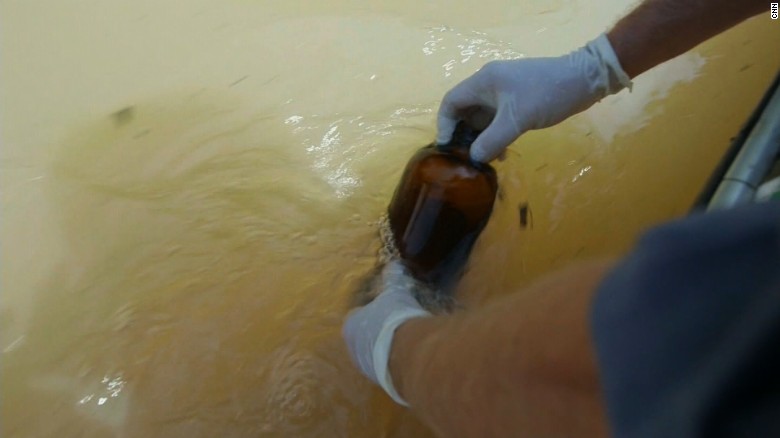

SPONSORS: University of Hawai‘i at Mānoa’s Department of Art + Art History and College of Arts + HumanitiesĬlosed Saturdays Martin Luther King, Jr. Sometimes elegant, sometimes haunting, the photographs in Flesh/Water hover between the worlds of anxiety and serenity, forming a portrait of water that functions as an evolving question about the past, present, and future relationship humans have both with each other and the natural world. And yet, despite our geographic separations, water-the world’s most vital resource-binds us together as one. Some of these artists reside by the sea some on islands, near oceans, lakes, rivers, or ponds. This exhibition is a visual exploration of water as it relates to flesh, as an infinite metaphor for that which is transformative, strong, and mystifying.įlesh/Water assembles diverse stories from artists based around the country as they interpret and express their own relationship to water. Works included are analog, digital, color, or black and white. This theme can be interpreted in several ways, and is open to each artist’s ways of awareness and understanding. Sara Butz is a summer intern with the Maryland Coastal Bays Program who assists with education programming and scientific monitoring.Flesh/Water is a group exhibition of photographic-based work that brings together diverse stories of artists from around the country as they interpret and express their own relationships to water.

Most importantly, don’t stop enjoying the wonderful water that Ocean City has to offer! Vibrio is not something to be stressed about! As long as you swim safely, you should be fine!.Watch your seafood! Try to avoid undercooked seafood, especially oysters, which cause most vibriosis cases.If there is a chance you’ve come in contact with Vibrio, soap and water soon after the contact will likely solve the problem. Shower with soap and water after swimming in the bay.That way, the bacteria can’t enter the wound! Cover your wounds! If you plan to swim in the ocean or bay, it’s a good idea to cover any cuts or scrapes with a waterproof bandage.If you are still worried about how Vibrio may affect your experience, you can use these tips to easily avoid these tiny troublemakers! All in all, there is a super low chance that Vibrio vulnificus will impact your OC fun! And although there is a chance that vibriosis can lead to death, 4 out of 5 people will make a full recovery within three days of contact with the bacteria. More than half the cases in the United States are due to contaminated seafood! Vibriosis from ingestion results in similar symptoms to food poisoning. However, swimming is not even the most common way to contract vibriosis. The infection on the skin can lead to rashes or necrotizing fasciitis, where the skin around the open wound dies (hence the name “flesh-eating bacteria”). Swimmers with open wounds and compromised immune systems are most vulnerable to vibriosis. Most infected swimmers have open wounds or recently received a piercing or tattoo. The bacteria will only cause i nfection if it can find a suitable host. First, coming in contact with Vibrio does not guarantee that you will become infected and develop vibriosis. The presence of this bacteria may scare swimmers, but in reality, the risk of being infected by Vibrio is lower than you might think. There are probably not as many in the ocean as in the bay. As seas get warmer each year with global warming, more cases are reported along beaches as far north as Delaware. Warm seawater breeds flesh-eating bacteria.

Only 145 cases of brain-eating amoeba have been confirmed since 1962.

While Vibrio does exist in saltwater, they are mainly found in brackish (bay) water. About 20,000 people a year are infected by flesh-eating bacteria in the US. In Ocean City, the bay typically runs in the 60s and 70s during the summer months, so June, August, and September are when you would likely interact with one. These bacteria love warm waters, with an optimal growing temperature of 68 to 95 degrees Fahrenheit. There are a few types of this bacteria, but Vibrio vulnificus is a prominent variation in Maryland. Vibrio can be found in warm coastal waters on both the East and West coasts of the United States and the Gulf of Mexico. This so-called “flesh-eating bacteria” in Ocean City’s bay and ocean is scientifically known as Vibrio vulnificus. In short, the answer is yes, although they are not as daunting as their name implies. Whether taking a dip on a hot summer day, capsizing with your friends in a kayak, or tubing and wakeboarding, the refreshing feeling of the bay and ocean is unbeatable! Yet, there has been concern amongst swimmers about a microscopic danger that could ruin your time in the water - flesh-eating bacteria! Are the rumors true? Are there really flesh-eating bacteria surrounding Ocean City? Vibrio Species Causing Vibrio Image Credit: CDC Spending time in Ocean City’s water is one of the best activities in the area.


 0 kommentar(er)
0 kommentar(er)
